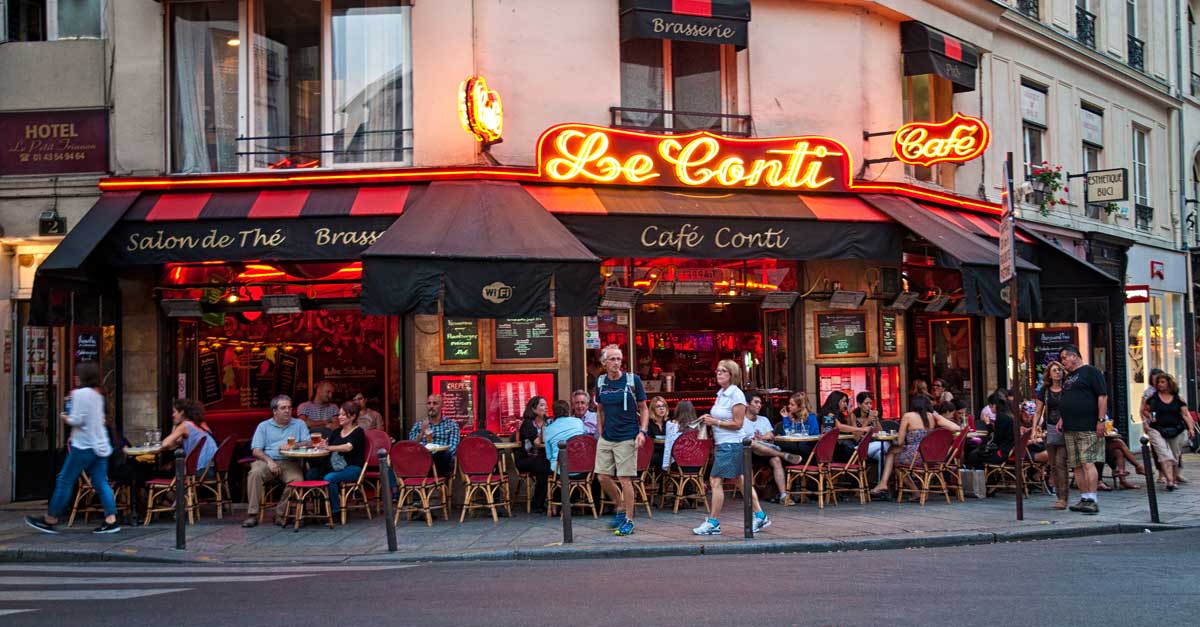Third places develop our cities
You can say that 2030 came already 2020. As usual when major crisis hit the human, development takes a big step forward. It happened during the Spanish flu, and during the cholera epidemics that hit Europe. In those times the changes were about great advances in hygiene and community building. Now it is about teleworking, digital meetings and e-commerce.

Many people are asking themselves how this will affect our cities. Will we go back to what it was before the pandemic, or will we need to work on a changed approach to creating attractive cities?
Large cities have in recent years seen a relocation to smaller towns. And there are some data pointing at that this trend will be intensified by the pandemic. More homework requires more space, and smaller towns have lower costs for housing. The real estate brokers seem to see a certain increase in this behaviour linked to the pandemic.
Teleworking increased dramatically during the pandemic. Somewhere between 30–40% have worked from home. Of course, no one knows how much of these changes will remain. Different surveys show different answers to whether you want, can and may continue to work from home post corona. But we can certainly count on a certain change.
And e-commerce has increased drastically. We have now become accustomed to ordering more and more goods online, and the increase in 2020 was about 40 percent compared with the year before.
E-commerce and city commerce can go hand in hand
But what happens to our city centres? Several researchers, such as the HUI Research Institute and Swedish Trade Federation, believe that e-commerce does not have to affect the city’s trade negatively, but on the contrary. By shopping for bulk goods, which were previously bought in shopping centers, online, you get money to spend in niche stores in the city. In this way, e-commerce and city commerce can go hand in hand. We buy the boring things online — but we want to buy the parmesan cheese and sourdough bread in a small shop in the city centre.
And now when e-commerce is increasing drastically, with an extra kick of corona, there is also a hunger to shop in the usual way, but also a concern about the spread of infection. But there are also new opportunities for the city to act. In Edinburgh, several of the central streets have been closed to car traffic, to provide better space for pedestrians to keep their social distance. It has also meant a better place for outdoor cafes, etc. And right now the discussion is about keeping the measures after the pandemic.
The important third place
A survey by Swedish Trade Federation has shown that what makes city centres attract visitors is in turn: the supply of shops, restaurants and cafés and greenery. It is important for the city to create as many such reasons for visiting as possible.
This points to the fact that to create a vibrant city centre, we can take help of what is called “the third place”. The term was coined by the sociologist Ray Oldenburg in the mid-90s, in the book “The great good place”. Housing and work are the first and second place. So what is the third place?
The third place is free or cheap, food and drink are important, but not necessary. It should be easily accessible, close to many. And it should have many returning visitors, and you can find both old and new visitors there.
It can be libraries, churches, cafés, parks, municipal meeting places, parts of pedestrian streets and other informal meeting places.
New research shows that well-planned and well-designed third places, contribute to the city in many ways. It is also shown that they can increase the health of the elderly, provide safer cities but above all contribute to an attractive city. The feeling of belonging to the city also increases with good third places.
When it comes to cafes and restaurants with outdoor seating, it is important to have enough space on the sidewalk. Details such as reasonably permeable demarcation, parasols and furnishings are also of great importance.
By investing in infrastructure that promotes active mobility such as cycling and walking, not only does health increase, but space for third places is also created.
In this way, the city adds values that we do not get when e-shopping. Maybe a wine bar in the corner of the clothing store can work this way.
The times are a-changin.
WRITTEN BY: Christer Ljungberg
CEO of Trivector. A Swedish consultancy on sustainable transport system.
